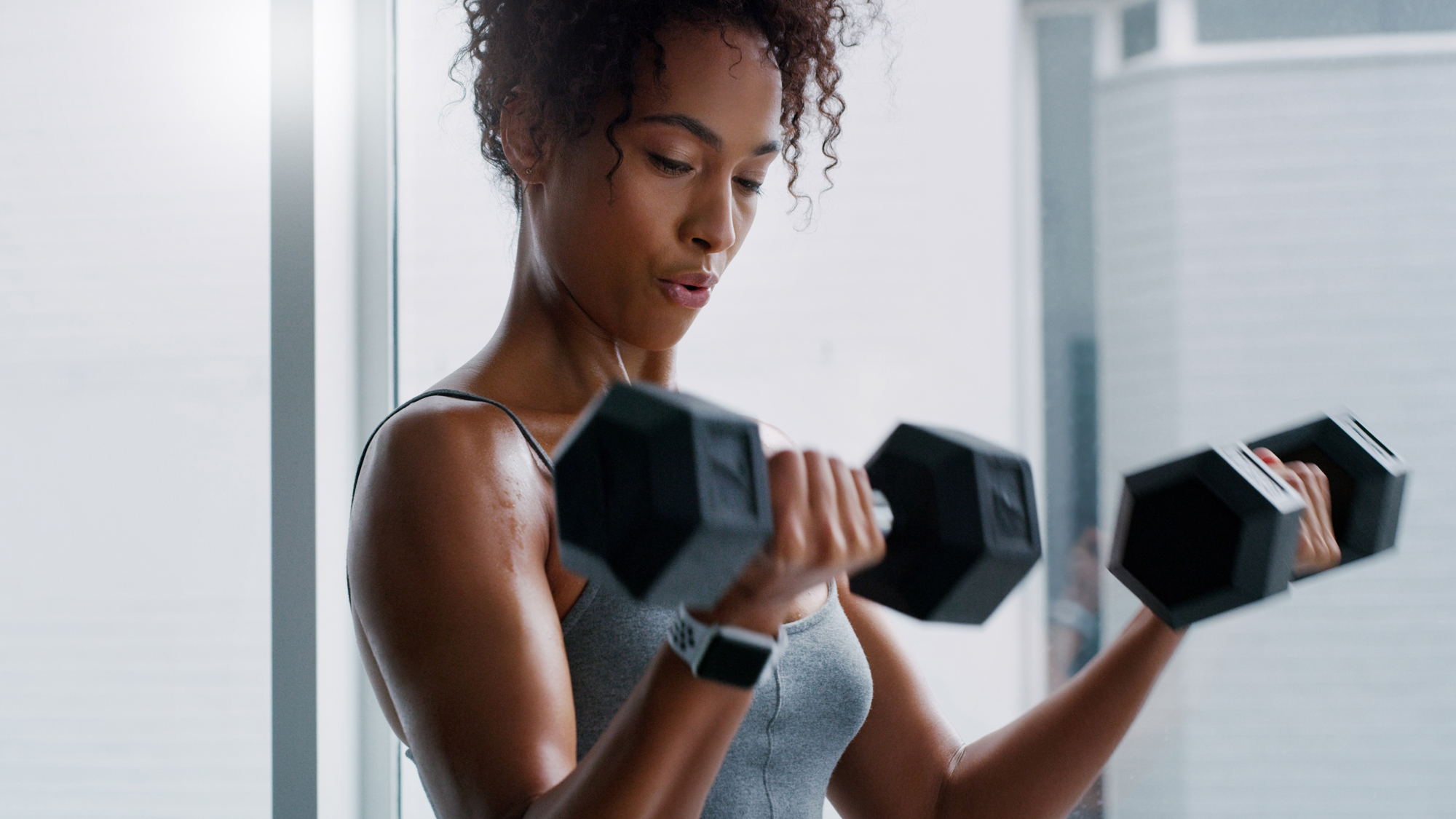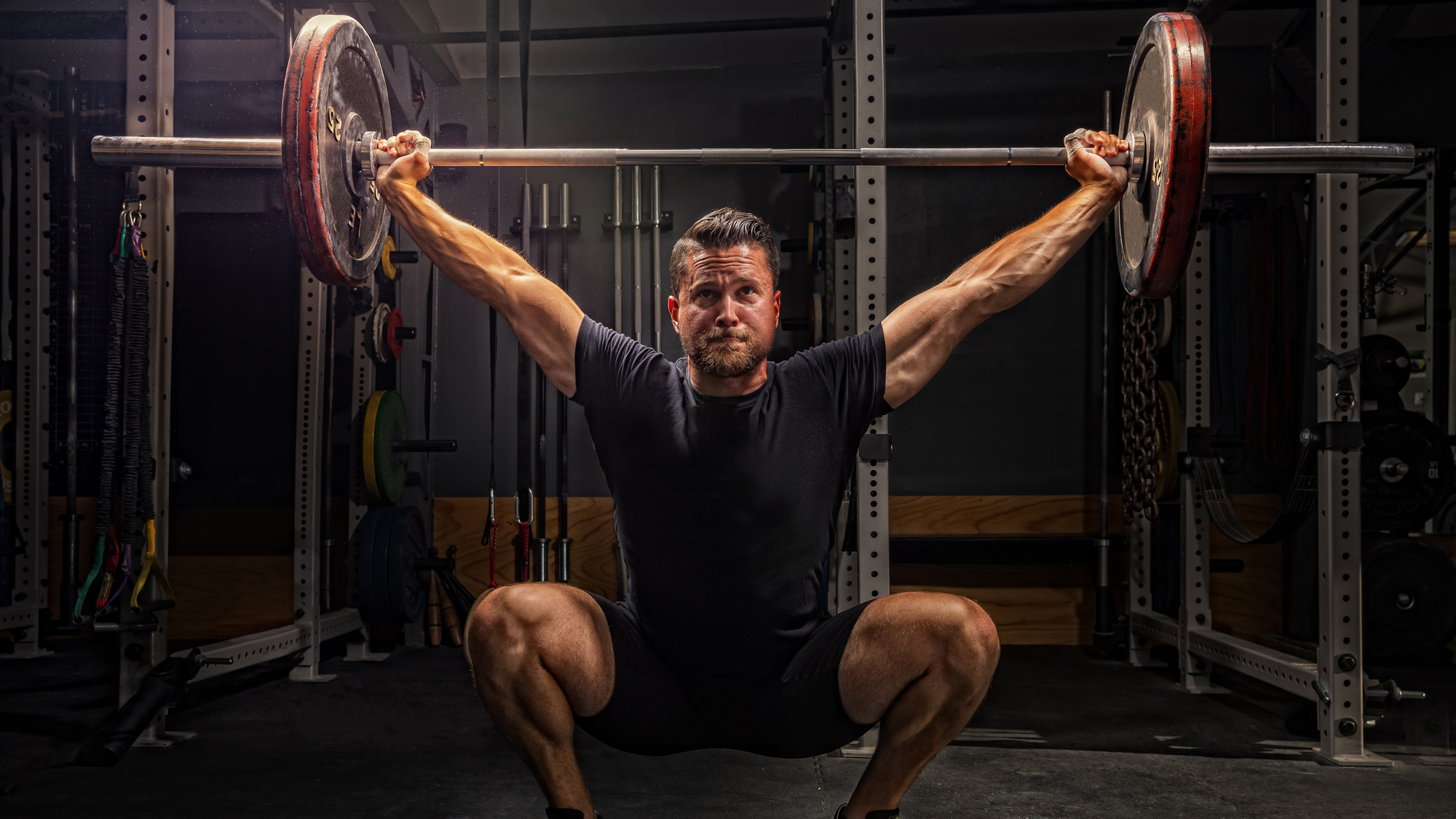Bulking vs cutting: which is the most effective workout diet to build muscle?
Considering bulking vs cutting? Here's how to decide which is right for you


The bulking vs cutting debate comes up a lot in muscle-building circles. Both have their merits if your goal is to get stronger and develop muscle, but it's not always clear why you'd choose one diet over the other.
It's pretty common for people to add the best protein powders for women into their diet to build lean muscle and promote faster recovery. If you're looking for more substantial body changes, though, it's worth comparing bulking vs cutting.
Bulking started as a bodybuilding technique to gain weight quickly in the run-up to an event. As the big day approaches, bodybuilders begin cutting their energy intake to burn their body fat for fuel instead of food, resulting in a lean, competition-ready look.
Whatever your reason for digging into bulking vs cutting, both diets are equally intense but in different ways. When you start bulking, the main aim is to eat as much as possible, while cutting involves reducing your calorie intake to slash fat.
There are other ways to build lean muscle mass, like adding regular resistance training into your schedule and using the best protein powders for weight loss, but if you want to start safely weighing up bulking vs cutting, we'll take you through what you need to know.
Bulking vs cutting: what's the difference?
To bulk and gain weight, you'll need to eat more calories than you burn in a day. There are several ways to do this, like a dirty bulk or a lean bulk. Cutting means reducing the amount of calories instead.
There are a few distinct styles of bulking, each with different nutritional targets. The main aim is to increase your calorie intake coupled with either weight lifting or High Intensity Resistance Training (HIRT),
Get the Fit&Well Newsletter
Start your week with achievable workout ideas, health tips and wellbeing advice in your inbox.
This is similar to High Intensity Interval Training (HIIT) but focuses on muscle-building in place of cardio. You work as hard as possible for the time, taking 20-30-second breaks between exercises.
Your increased energy and protein intake helps power these workouts and promote post-training recovery. The results of one study showed that increasing your calorie intake, coupled with resistance training, leads to increases in overall weight and fat-free gains.
As you're eating more, you'll likely consume more carbs, which are turned into sugars for muscle fuel. Although you're training intensively and building muscle while bulking, part of your weight gain will be from fat. This isn't a concern for some people, especially if your goal is to get big.

But for visible gains, you'll need to burn this newly-formed fat. That's where cutting comes in. By maintaining a calorie deficit, burning more energy than you consume, your body will start to drop fat.
However, you also need to maintain your workout routine during this phase. While cutting, your body burns fat and starts to use protein for energy, decreasing your lean muscle mass. So you need to continue exercising and make sure you've got enough protein in your diet.
According to one meta-analysis, a review of published research, bulking requires between 2.2g and 3.4g of protein per kilogram of bodyweight per day, which is roughly equivalent to 5-10% of a chicken breast per kilogram of bodyweight.
As you have less energy, you'll feel more tired and find your workouts more challenging. It's important to set your calorie deficit relatively low initially to prevent over-exerting yourself or risking injury. As you get more comfortable with the routine, you can gradually increase the deficit.
Before deciding on bulking vs cutting, you should talk to a medical professional and plan carefully.
Bulking vs cutting: what is dirty bulking?
If your goal is to gain weight, you need to increase your calorie intake. Your workouts will burn energy, but adding extra calories should mean your body has plenty of fuel for training and recovery.
When dirty bulking, no food is off-limits; the only target is to increase energy intake. To build muscle, you'll need to consume additional protein, but beyond that, you can eat whatever you want.
Of course, not every dirty bulk involves eating as much high-calorie food as you can tolerate. However, the most significant thing to consider with dirty bulking is that a portion of your weight gain will likely be fat in addition to any muscle gains.
Bulking vs cutting: what is lean bulking?
With a lean bulk, the goal is still to gain weight, but in a more controlled manner. You won't see results quite as fast as with a dirty bulk, but it's generally considered more sustainable and means you avoid gaining fat.
You're still aiming for a calorie surplus, but you'll get there by planning to eat a certain amount of calories above maintenance levels, and most of your food will come from what most people would call healthy meals.
Essentially, you'll learn how to eat healthily, but you'll eat more of these nutritionally-balanced meals than if you were aiming for weight loss. As ever, getting enough protein is key, so it can also help to use one of the best fitness apps to log your food.
Protein, carbohydrates, and fats are the primary macros or macronutrients you need to keep an eye on. The protein helps repair muscles post-workout, carbs break down into sugars to power your training, and fats are essential to many of your body's processes.
In a study titled “The Effects of Overfeeding on Body Composition,” the authors found protein protects against gaining fat when you're consuming more calories, particularly coupled with resistance training. So, to avoid the bulking vs. cutting debate, if your goal is to gain lean muscle mass, then a lean bulk will be preferable to a dirty bulk.
Your diet is a core part of any muscle-building activity, but your training is just as important. Once you’ve decided on what you’re going to eat, use this 30-day bulk-up workout plan for sustainable gains that’ll work you hard, but prevent over-training or injury in the long run.

James is a London-based journalist and Fitness Editor at Fit&Well. He has over five years experience in fitness tech, including time spent as the Buyer’s Guide Editor and Staff Writer at technology publication MakeUseOf. In 2014 he was diagnosed with a chronic health condition, which spurred his interest in health, fitness, and lifestyle management.
In the years since, he has become a devoted meditator, experimented with workout styles and exercises, and used various gadgets to monitor his health. In recent times, James has been absorbed by the intersection between mental health, fitness, sustainability, and environmentalism. When not concerning himself with health and technology, James can be found excitedly checking out each week’s New Music Friday releases.
-
 I do these two things every day to stay fit and healthy, says the newest star trainer on Chris Hemsworth's fitness app
I do these two things every day to stay fit and healthy, says the newest star trainer on Chris Hemsworth's fitness appHere's how Centr's Korey Rowe trains for longevity
By Sam Rider Published
-
 I thought sports weren't for me, until I realised they're a game-changer for ticking off cardio
I thought sports weren't for me, until I realised they're a game-changer for ticking off cardioI swapped HIIT and running for tennis—and I've never felt better
By Alice Porter Published